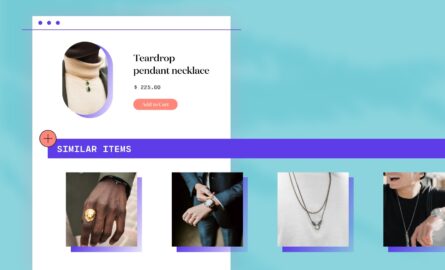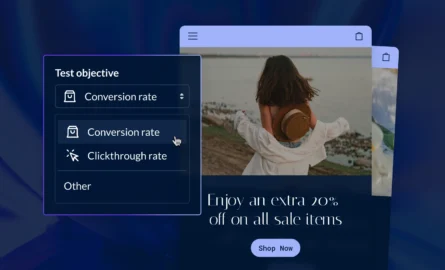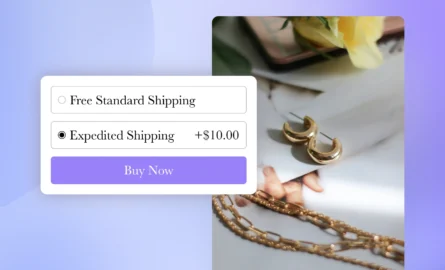9 Tips to Create an Effective Ecommerce Thank You Page
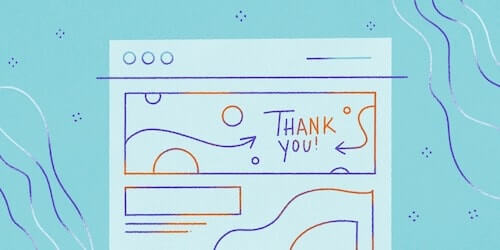
You've successfully led a user through your website and got them to take your desired action. What now?
Keep them engaged, of course. And you can do it right after the sale.
The Thank You page is a crucial part of your ecommerce website. It’s a valuable piece of real estate — a bonus opportunity to talk to your customers after they sign up for your lead magnet or buy your product — and one you shouldn’t waste.
In this post, we’re going to explore the main elements of a Thank You page. We'll also include nine tips to help you design an effective one for your store.
The Structure of an Ecommerce Thank You Page
At its most basic level, a Thank You page is a webpage that displays a message thanking a user and provides relevant information in the moment.
If used properly, your Thank You page can help you generate more sales, help improve your customer lifetime value, and help you gain more social media followers and email subscribers. This page can also help you gather valuable customer feedback.
A solid Thank You page should consist of three main elements: the confirmation message, the call to action (CTA) and instructions on what the customer should do next.
Here's a breakdown of each component:
Confirmation Message
The main purpose of the Thank You page is to confirm that the customer’s order has been received.
Sounds obvious, but you want to make sure not to fumble the ball here. State the order confirmation in clear terms.
Call to Action (CTA)
After confirming that the customer’s order was received, you’ll want to use a call to action (CTA) to invite customers to take the next step.
The CTA should be placed in a highly visible place and be the central focus of the Thank You page. You can use the CTA to ask customers to follow your brand on social media or subscribe to your newsletter, as well as invite them to take a look at the rest of your product offerings.
Next Steps
The CTA serves to invite customers to take the next action. However, simply displaying the CTA won’t be enough to ensure customers will act on it.
You also need to provide users with concrete instructions on how to perform your desired action. For example, if you want customers to follow you on social media, spell out all the steps for them to take. You could also include images and/or a video tutorial — this will increase the chances of customers actually going through the entire process.
9 Best Practices for Creating an Effective Thank You Page
Now that you know the three main components, it's time to dive in. Here are several best practices to keep in mind when putting together your Thank You page.
1. Cover the Basics
One of the most important things your Thank You page needs to do is reassure customers they made the right choice buying from you. You can do this by recapping the order and laying out clear expectations — from shipping, to delivery times, to how the product will fit their needs and solve their problems.
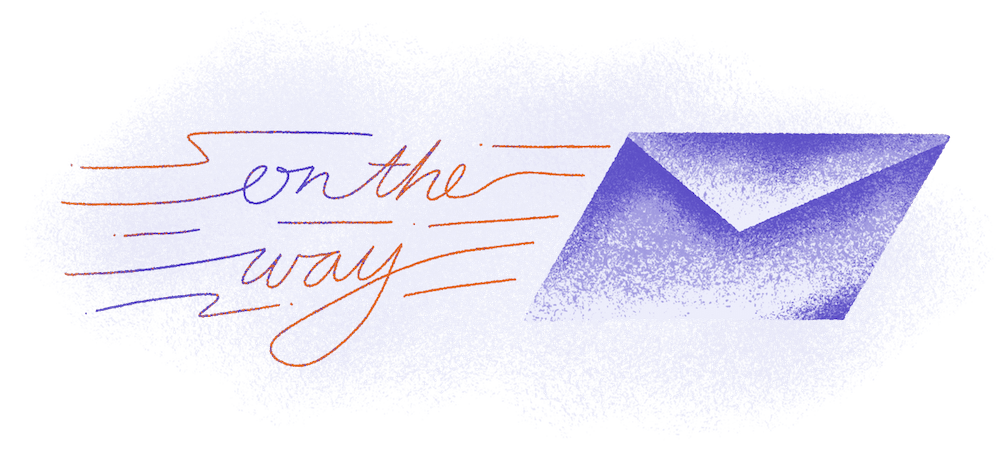
For your Thank You page, you want to:
- Be clear that their order was received.
- Let customers know how long it’s going to take for them to get their package. (You can even break this process down from warehouse to delivery.)
- Give them an opportunity to print a copy of their receipt or order on the page.
- Encourage them to talk about their purchase online via social media.
- Showcase reviews and testimonials from satisfied customers.
This will help relieve the effects of buyer’s remorse, a common phenomenon among consumers that involves feeling regret right after making a purchase.
2. Provide Helpful Content
The Thank You page is a great place to point customers to your educational content. Consider linking to your blog posts or guides on how to use particular products, as well as any educational videos you may have produced.
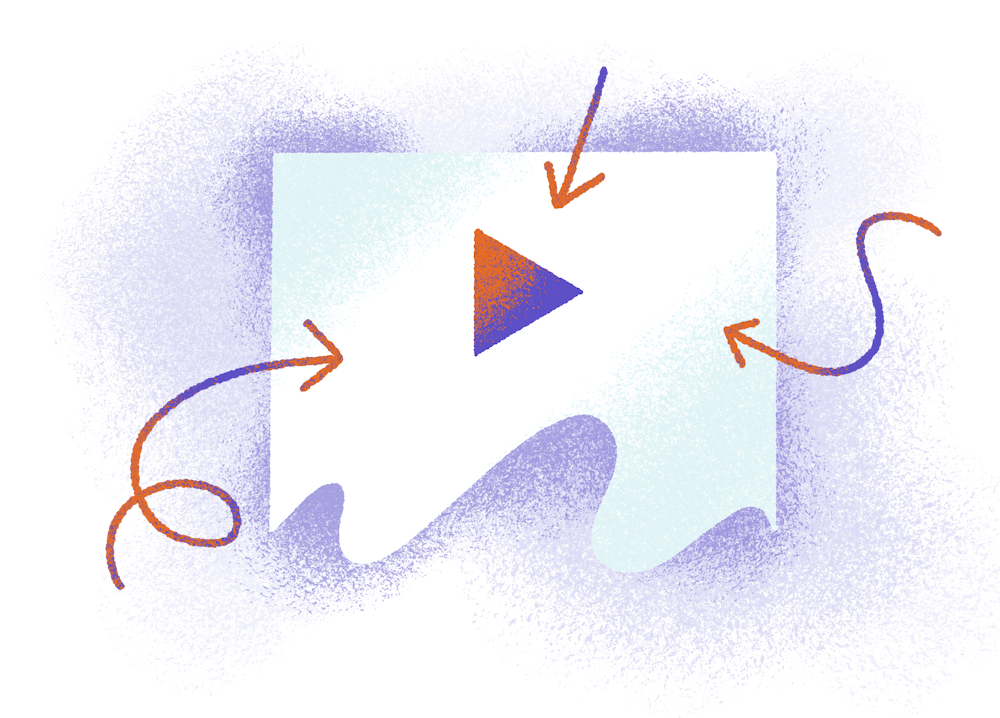
You can also link to your FAQ section to educate consumers on your company and order processes. This should help cut back on emails and phone calls to customer service, too.
Educating customers will help you strengthen the relationship you have with them, improve customer loyalty and allow you to generate more revenue from your existing base.
3. Request Feedback
It's essential to gather customer feedback. In fact, 42% of consumers surveyed stated they’d be happy to pay more for a product if it meant that they’d have a better customer experience.
The Thank You page is one of the best places to collect customer feedback. After all, the customers who land on your Thank You page have gone through your brand’s entire shopping experience — they likely have pointers.
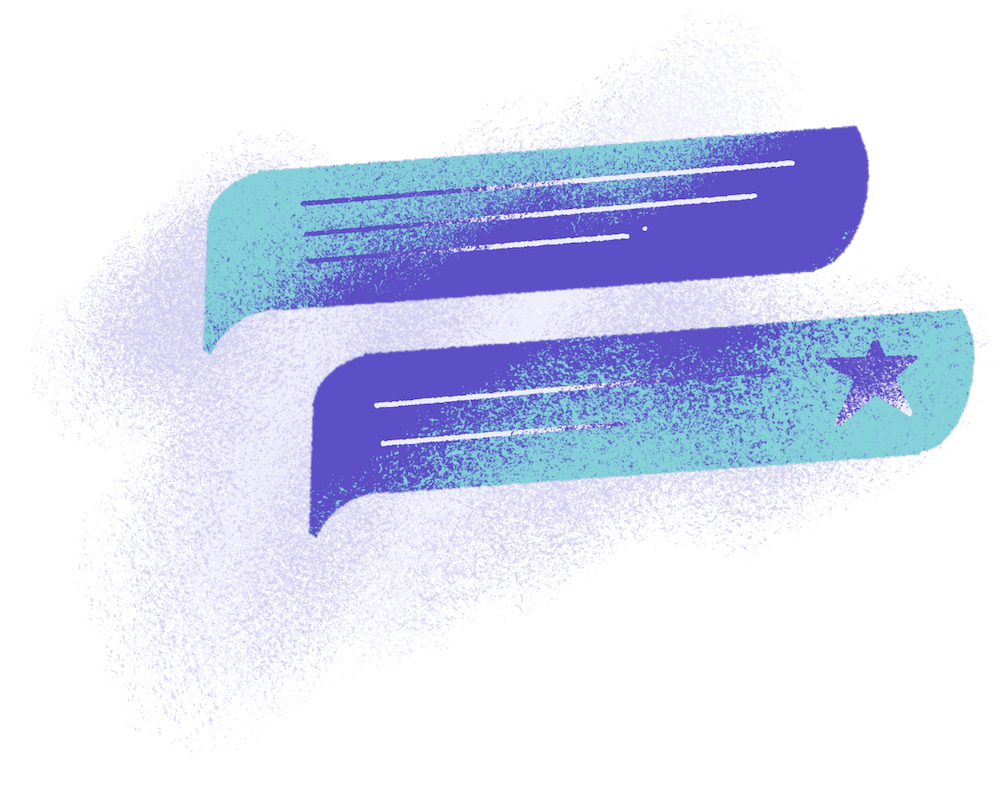
When gathering feedback, you’ll want to find out if there was something that made the shopping experience complicated or frustrating, as well as ask any other questions you find relevant. Here are a few examples:
- How did you learn about our brand?
- Did you encounter any difficulties during the checkout process?
- Do you have any suggestions on how we could improve the overall shopping experience?
Remember to keep your questions short and easy to answer. Decide on a few key areas you’d like to learn more about and avoid overwhelming your customers.
4. Collect Email Subscribers
Consider using your Thank You page to ask customers to subscribe to your newsletter so they can receive your brand’s latest updates. You can incentivize them to sign up if you provide them with access to benefits, such as exclusive discounts or sales.
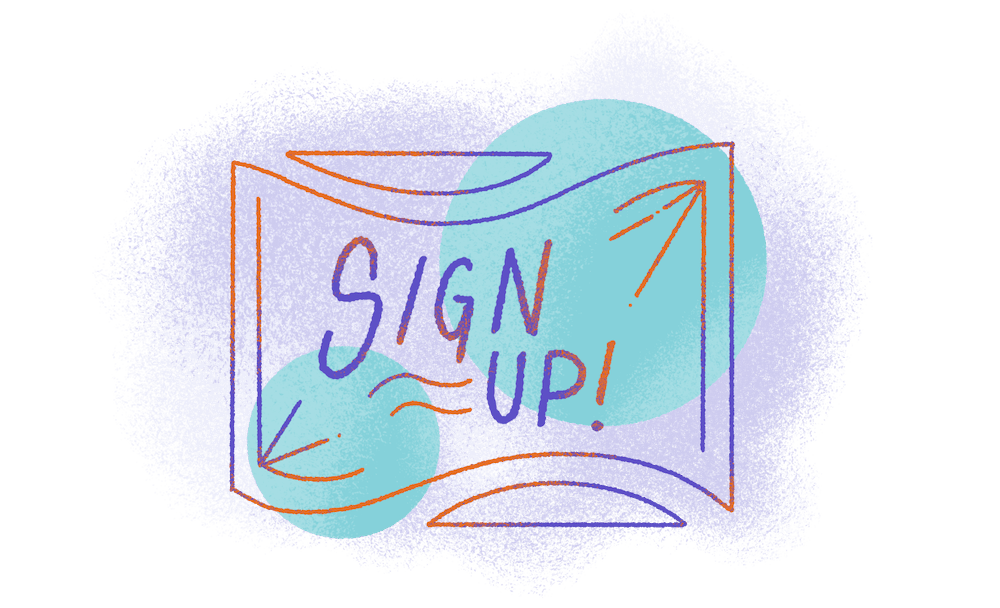
If you already have email marketing in place, you can create a campaign specifically for this list of subscribers.
5. Offer a Discount
Two-thirds of shoppers reported making unplanned purchases as a result of finding a discount. Offering a discount on your Thank You page is a great way to entice customers to make another purchase, improve your repeat purchase rate and increase your customers’ lifetime value.
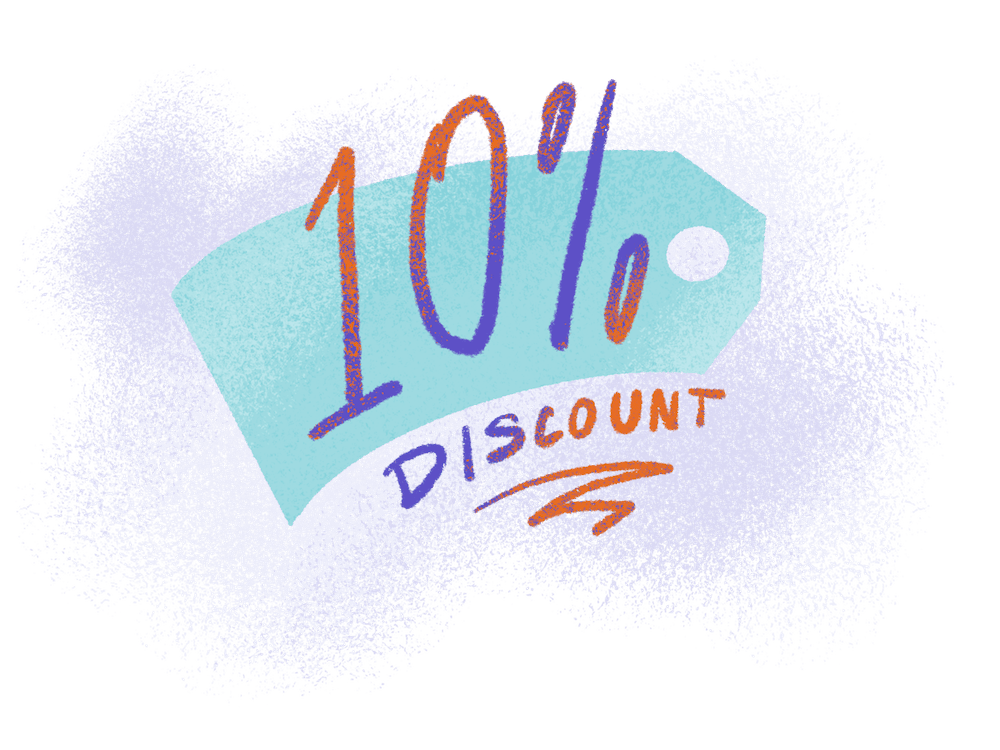
If you want to make your discount offer even more effective, put an expiration date on it to create a sense of urgency and fear of missing out.
6. Point Customers to Your Social Media Pages
The Thank You page is an excellent place to promote your social media pages. This can help you generate more followers and keep your customers up to date with the latest updates from your brand.
Having customers follow you on social media is also a form of micro commitment that improves the relationship you have with them and makes them feel closer to your brand and everything it represents.
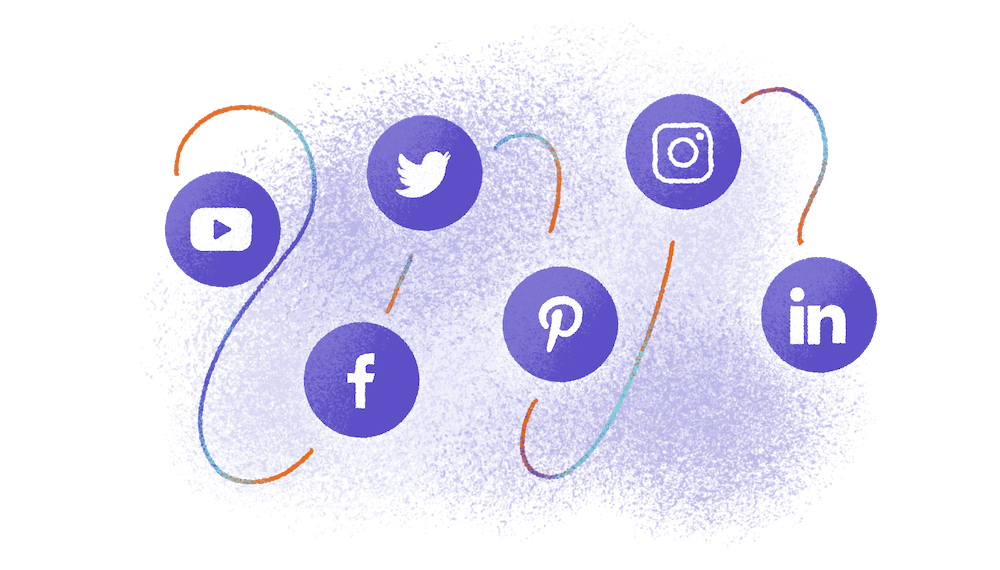
Another great way to take advantage of the Thank You page for social media purposes is to encourage customers to share their purchase with their friends and followers. You can incentivize customers to do so by offering them free samples or a discount. This will get your brand in front of more people and increase the chances of generating more sales.
Remember to make it as easy as possible for customers to share their purchase. In most cases, it shouldn’t take them more than two clicks to publish the post to their social media page.
7. Ask for Referrals
Ecommerce businesses generate an average of $155,000 in yearly revenue from referral marketing. Additionally, this type of marketing is highly trusted across generations.
You can reap the benefits of referral marketing yourself by using the Thank You page to ask customers to refer your brand to their friends and family.
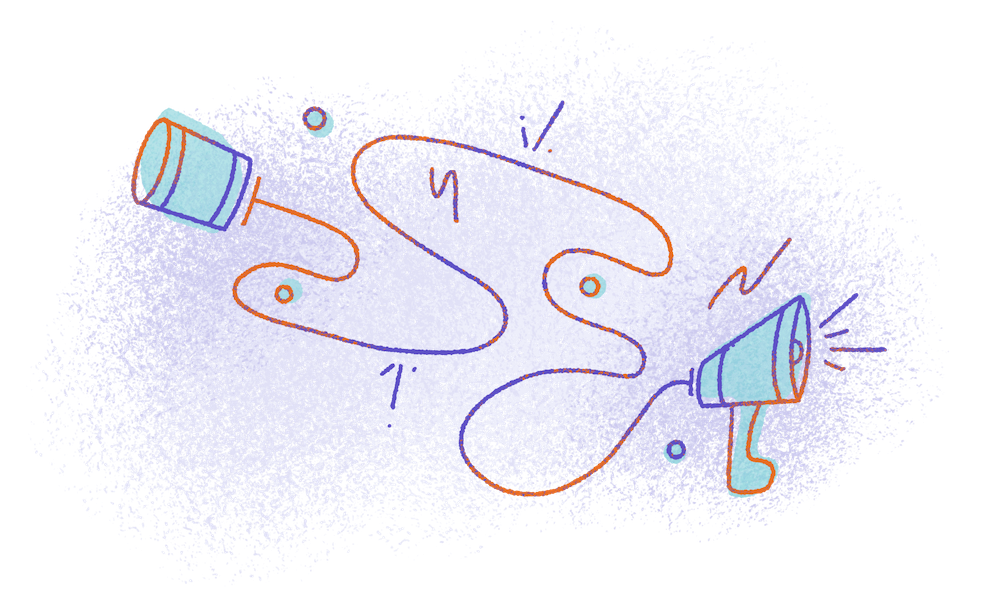
Make sure to offer some form of incentive to maximize the chances of getting customers to refer people to your business. Common referral marketing incentives include:
- Freebies: Rewarding customers with free products in exchange for generating referrals is a cost-effective way to incentivize them to refer their friends to your business.
- Store credit: If you can’t afford to offer freebies, you can always opt for rewarding customers with store credit. That way, you’ll ensure customers keep spending with your business.
- Discounts: Offering discounts is another way you can get customers to put in the effort to send referrals your way.
You’ll also want to make it as easy as possible for customers to refer others to your business. If the referral process is too time-consuming or overly complicated, no type of incentive will be able to convince customers to go through with it.
8. Implement a Post-Purchase Upsell or Cross-Sell
Possibly the best way to use your Thank You page is to try to get the customer to make another order. You can do this by displaying post-purchase upsell or cross-sell offers.
These types of offers perform well on the Thank You page because they’re displayed to shoppers who’ve shown interest in your products and brand. Amazon does a great job of this.
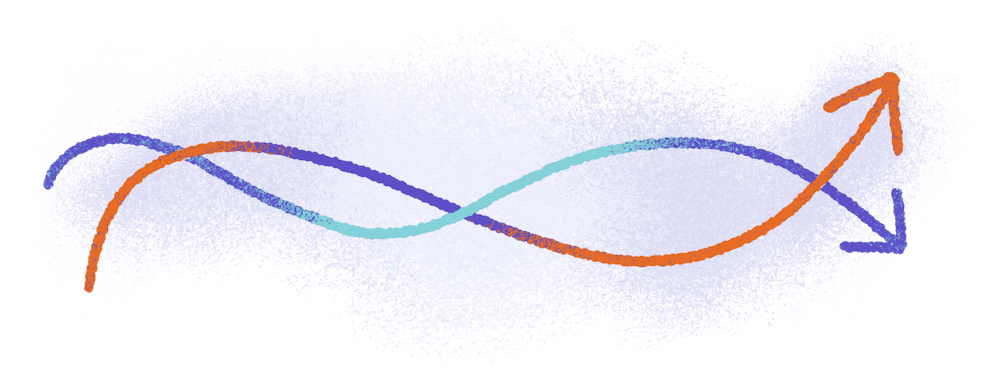
You can:
- Display related or previously viewed products, or
- Showcase your best-selling products.
Since these customers have already made a purchase, you likely have their billing and shipping information stored, making it a lot easier for them to buy from you again.
9. A/B Test Your Thank You Page
While the best practices we’ve listed above are a great starting point for improving your Thank You page, you should still perform continuous A/B testing to ensure your Thank You page is optimized for maximum performance.
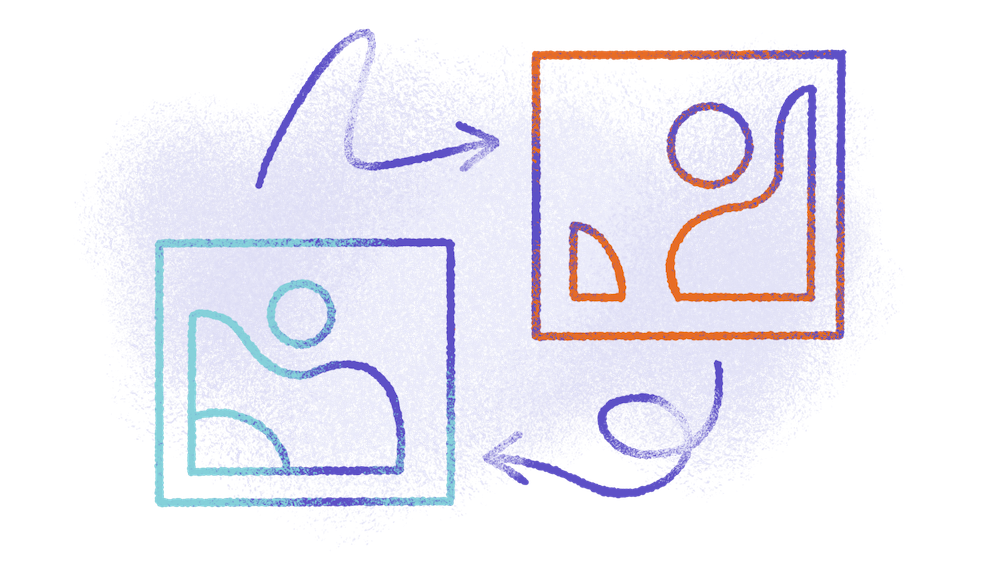
You’ll want to test the following elements of your Thank You page:
- Headline: A lot of people will simply read the headline of your Thank You page and skip the rest. That’s why you need to craft a headline that will grab their attention and make them want to read the rest of the page.
- Page copy: Use this space to get your main point across and guide customers to your CTA.
- CTA: Try to use active, time-sensitive language in the CTA. Test out different variations of your CTA to see which one performs better.
- Discount: If you’re offering customers a discount on the Thank You page, you’ll want to test out how different types of discounts affect customers’ actions.
It's Not Over After You've Made the Sale
A well-constructed Thank You page is an excellent way to reinforce that your customer made a smart decision in going with you. Whether signing up for your lead magnet or making a purchase, this is a good space to communicate your thanks and continue the relationship with them.
Keep this information in mind when designing — or revamping — your store's Thank You page.

Boris Mustapic
Boris Mustapic is a writer and content marketing specialist with a decade of experience in the digital marketing industry. Having built his own successful ecommerce business, he likes to share his knowledge with ecommerce enthusiasts. Apart from writing about marketing and ecommerce, Boris also enjoys a good book and a glass of red wine.

